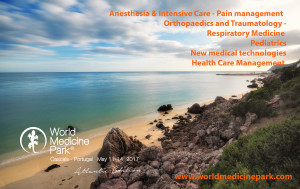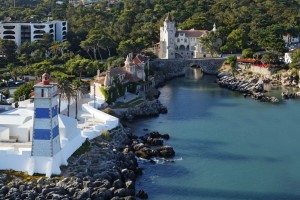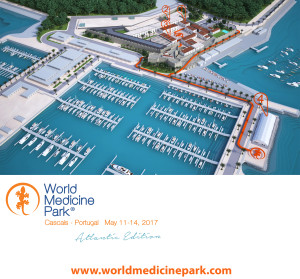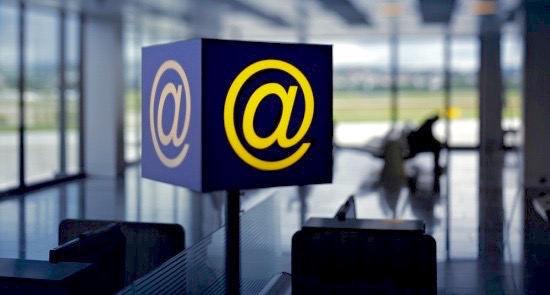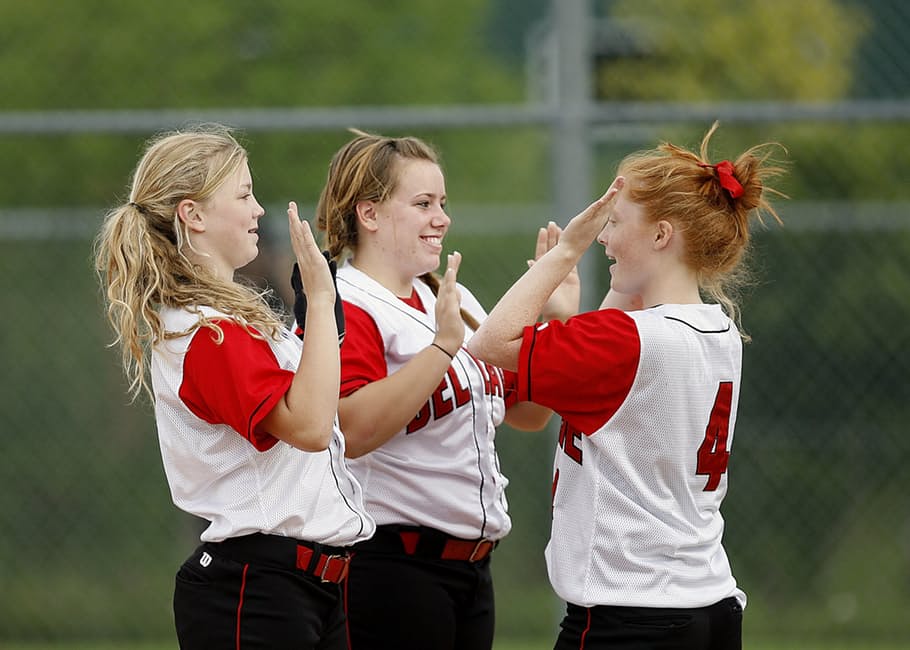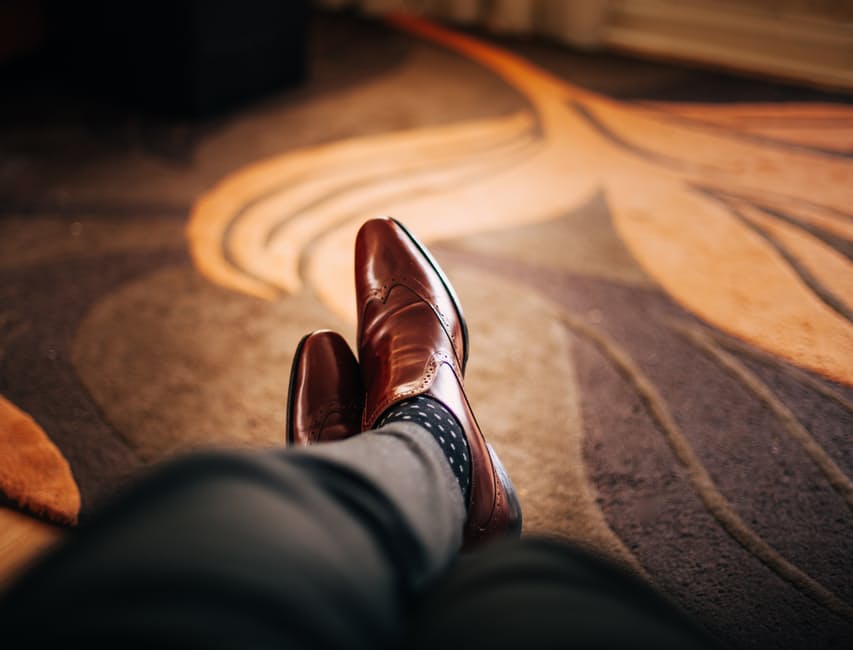The new destination 2017
A charming Portuguese fishing town situated on the western edge of the Lisbon coastline. The town combines a fascinating history, wonderful beaches considered the finest surfing beaches of Europe!
World Medicine Park
Is the hub for learning,training and networking. You can be involved in multiple educational experiences, meet and hear from some of the great minds in health Community, share the work they have been doing and learn from leadedge initiatives taking place in healthcare organizations across the world.
The Venue
The Citadel and Fortress of Nossa Senhora da Luz used between the 15th and 17th centuries for defending the Portuguese coast from the pirates. A fascinating location location where all the session and meeting rooms are within walking distance.
Topics 2017
Anesthesia & Intensive Care – Pain management –
Orthopaedics and Traumatology – Respiratory Medicine – Pediatrics –
New medical technologies – Health Care Management
